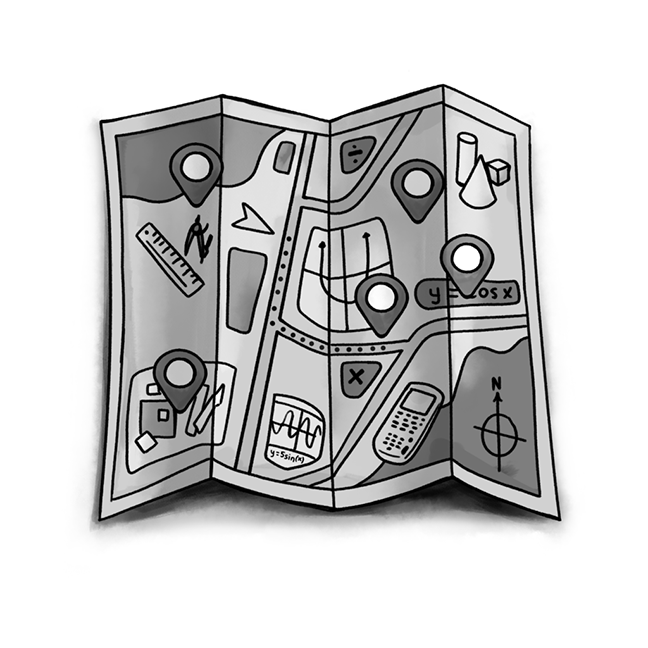Brianna Ruiz, Dixon, CA briannaruiz@cpm.org
Going into distance learning, it was important for me to continue to provide a meaningful mathematical experience for my students and expose them to as many essential concepts as possible without overwhelming them as they navigated through countless adjustments both in and out of school. I felt that in order to do so, I needed to prioritize creating structure in my course, and providing consistency throughout my lessons. To begin this process, my department and I decided that we would use the CPM Checkpoint topics to guide our weekly instruction in an effort to keep instruction focused on essential topics, and organized for both teachers and students.
Once these topics were solidified, my colleagues and I collaborated to produce weekly classwork and homework assignments that focused primarily on a specific weekly learning checkpoint, while also providing opportunities for spiral review. Each week students were given five assignments that provided a balance of CPM core problems and skills-based problems, along with opportunities for reflection. While the content of each assignment was different, the format of our weekly assignments never changed. The number of assignments and their due dates stayed consistent.
Several students expressed their appreciation for the weekly structure, saying that it helped them to stay organized. I also found that consistency and revisitation allowed for improvement among student responses. For example, many students improved in their ability to justify their reasoning after having the opportunity to respond to similar prompts over the weeks and receive feedback.
